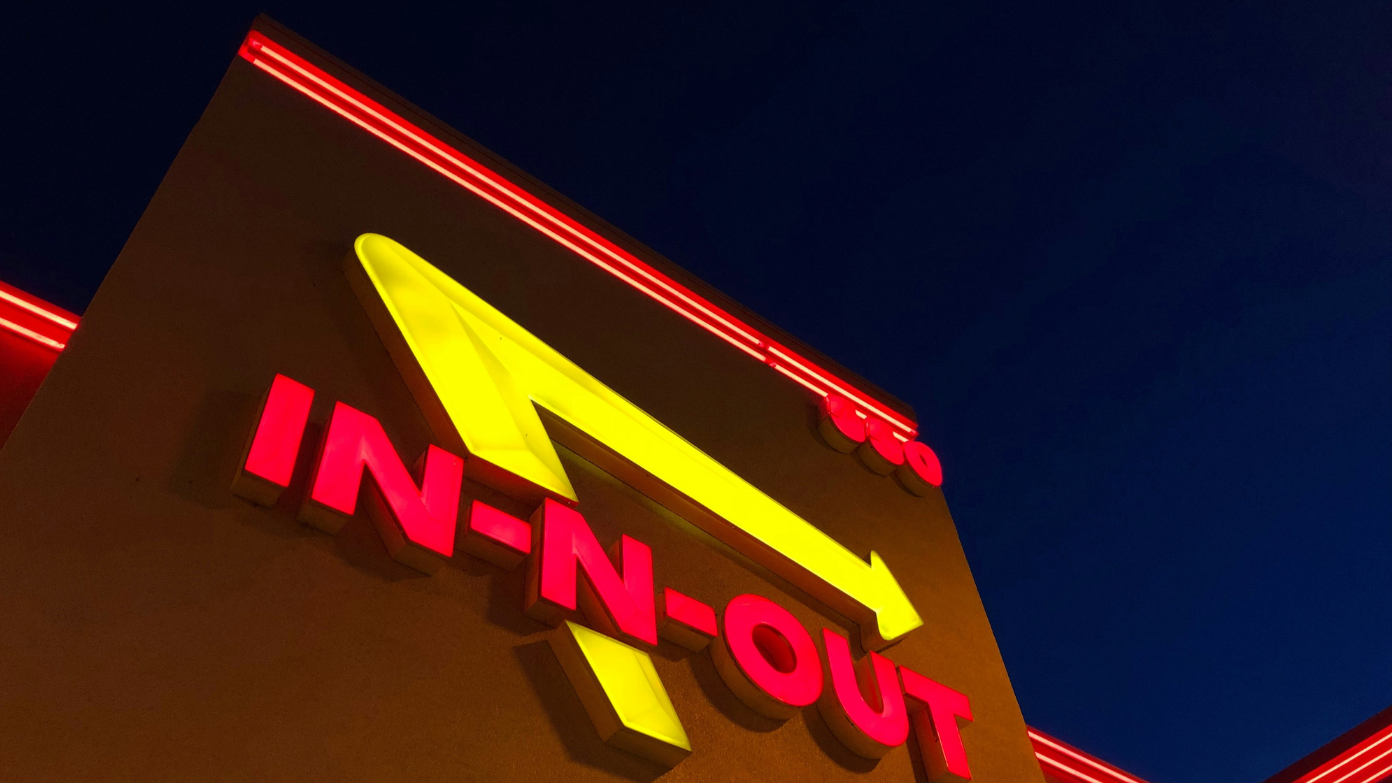In-N-Out Burger, the fast food chain on the West Coast, has opted out of using Red Dye 40 in their strawberry shakes and Signature Pink Lemonade and instead selected natural colors such as beta carotene and vegetable juice. The change, initiated by the company May 14–15, 2025, is one of an FDA-wide effort to eliminate petroleum-based food dyes that have been associated with health issues, such as children’s hyperactivity and its attendant inflammation. It is done in response to growing consumer pressures for cleaner ingredients and regulation prompting responses to long-standing safety concerns about artificial additves.
Targeted menu revisions and ingredient upgrades
Red Dye 40 elimination directly affects two top-selling favorite drinks: the strawberry shake, whose vivid pink hue has made it a cultural icon, and Signature Pink Lemonade. In-N-Out confirmed that the dyes are being replaced by beta carotene-a naturally occurring color found in carrots and sweet potatoes-and plant-based coloring agents. Meanwhile, the chain is refashioning ketchup to remove high-fructose corn syrup, replacing it with cane sugar, a change following years of incremental ingredient adjustments. Since 2022, In-N-Out has swapped out artificial vanilla for natural extracts in shakes, replaced Yellow 5 with turmeric in pickles and spreads, and added oat milk creamer as a dairy-free alternative.
These adjustments constitute a systematic renovation of the menu, precipitated by owner Lynsi Snyder’s quest for excellence. “We want to have the best and be the best at everything,” Snyder said, alluding to the company’s dedication to transparency in ingredients. Although the fundamental burger-and-fries model endures, overhauls aim at accessory items that collectively define the dining experience.
Regulatory catalysts and state-level bans
In-N-Out’s action coincides with intensified FDA regulation of artificial coloring. The agency issued phased phase-outs of eight artificial colors, including Red Dye 40, in voluntary deals with food companies in April 2025. The policy change follows California’s 2023 prohibition on Red 40 and five other colors from school lunch, after a study correlated them with neurobehavioral problems in children. New York and Illinois are already considering similar bills, and the European Union requires warning notices on products containing such additives.
The FDA position is a turnaround from the earlier decades when artificial coloring was minimally regulated. Campaigners on health, such as U.S. Health Secretary Robert F. Kennedy Jr., have criticized the delayed action, calling the petroleum dye “poisonous compounds” that are not nutritious. The agency holds the view that most users are exposed to negligible harms at present exposure levels, and an appeal for moderation until safer alternatives become universally adopted at mass level.
Health concerns driving consumer demand
Aggregate scientific evidence has fueled common misconceptions about Red Dye 40. In a study published in Nature Communications in 2023, prolonged exposure in mice was shown to disturb gut microbiota and elevate inflammatory biomarkers such as interleukin-6, thereby potentially elevating the risk for colorectal cancer. Human studies have established associations between synthetic dyes and ADHD symptoms, where the Cleveland Clinic points out that 8% of children diagnosed with hyperactivity are sensitive to such additives. Despite the fact that causation is not established, 63% of American consumers now actively shun artificial colors, according to a 2025 IFIC survey.
The second issue is the problem of allergic reactions, which Red 40 triggers in the form of hives, itching, or respiratory compromise in sensitive populations. While uncommon-occurring in an estimated 0.01% of the population-these reactions have led to class-action suits against food companies the past decade or so. “The tide is shifting against ingredients that prioritize aesthetics over well-being,” declared Menu Matters president Maeve Webster.
Industry-wide reformulation trends
In-N-Out is one of a wave of chains eliminating problematic ingredients from their recipes. Sweetgreen removed seed oils from dressings in January 2025, and Steak ‘n Shake swapped frying potatoes with beef tallow. Panera and Chipotle, both fast-casual giants, had already eliminated artificial colors by 2020, but In-N-Out’s move has symbolic meaning with its cult following and historically unchanged menu.
Critics contend these updates put iconic tastes in danger, but initial customer feedback indicates overall approval. Praise for the new strawberry milkshake on social media notes that it has the same creamy texture but a deeper, more natural red color since it uses vegetable dyes. The ketchup update has been less contentious, with Simply Heinz-the new owner-going with a formula very close to In-N-Out’s original formula but replacing cane sugar with corn syrup.
Read more: Bad news for restaurants – why a perfect storm could put eating out on the ropes
Read more: Urgent recall over listeria poisoning – ready-to-eat foods recalled after 10 hospitalized

